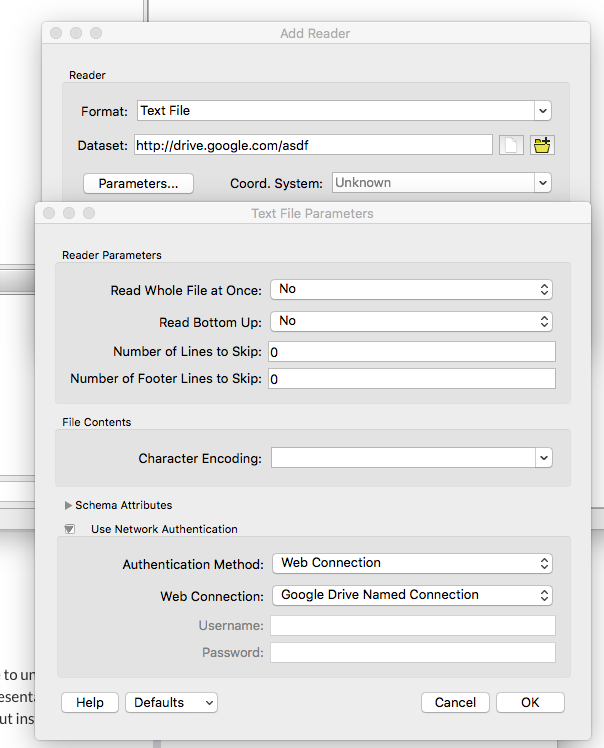You should be able to use these wherever you need to connect to a web service. The HTTPCaller is one example. If you turn on authentication one of the methods is Web Connection. There may also be Readers and Writers that allow you to connect to a web service as a source/destination.
Having said that, I don't know what the current state of these is. I suspect we haven't implemented them as fully as we intended to and that there will be a lot of updates still to come. There's this whole "cloud as a drive" idea that is almost certainly going to be implemented at some point - where you define (say) Google Drive connections and can use them as the source for any Reader.
In short, right now they probably won't do a lot. In the future, they should be incredibly important.







